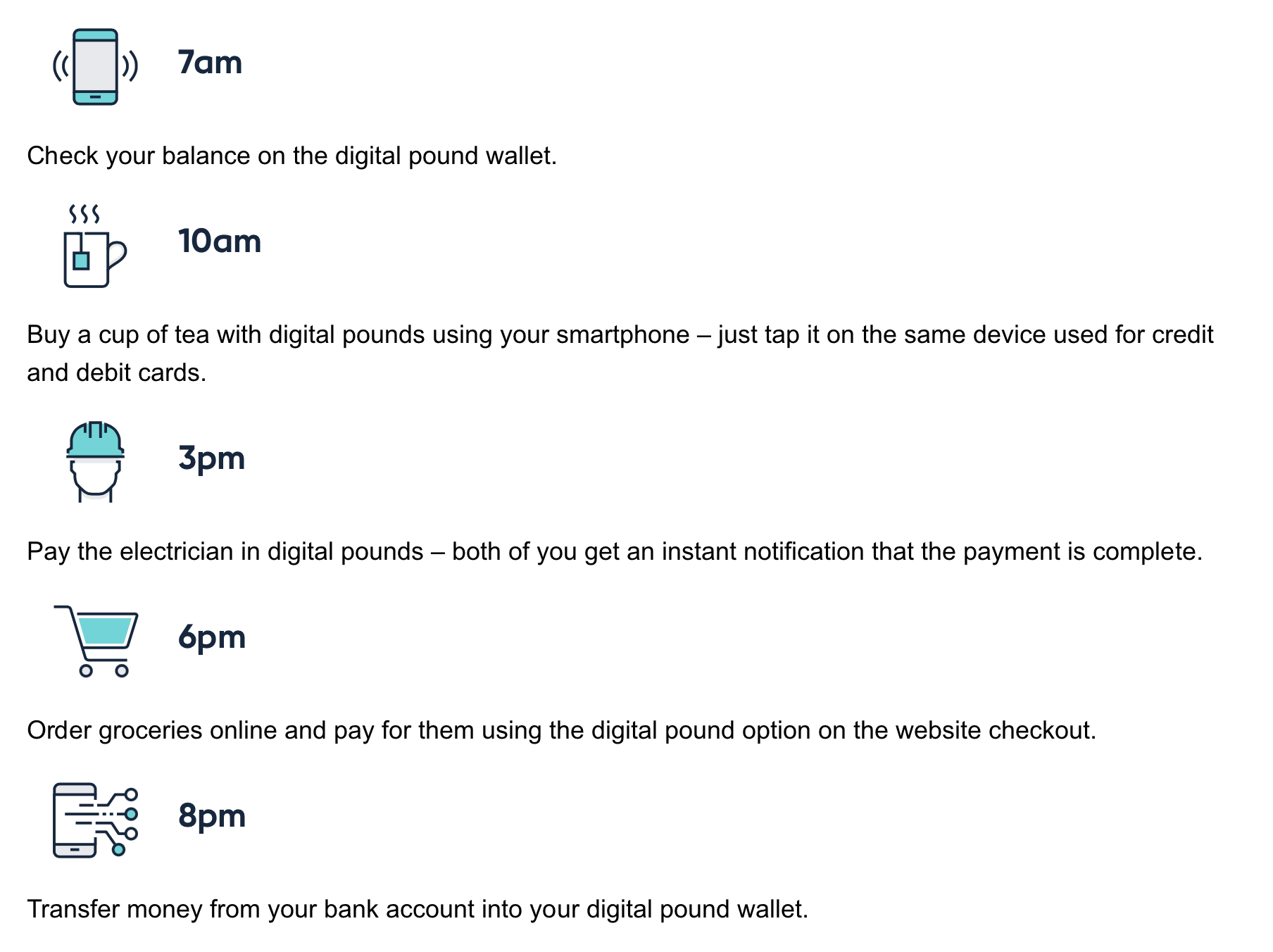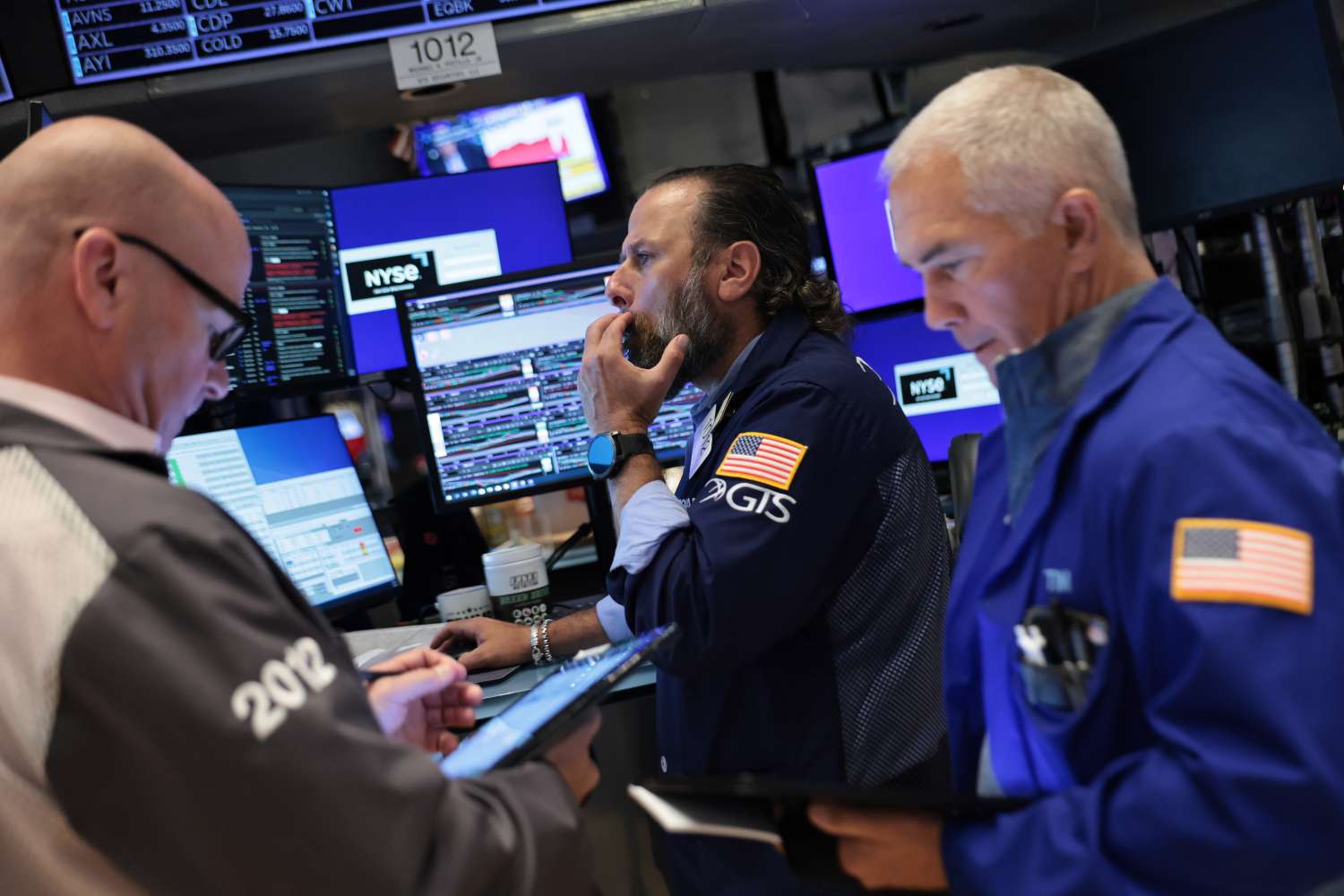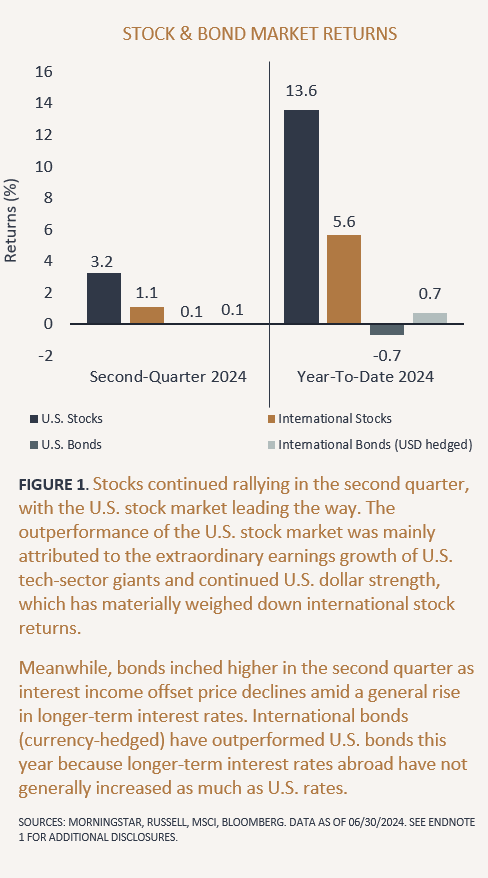Digital payments have evolved rapidly over the past decade, reshaping the way consumers and businesses handle transactions. As technology advances, new trends and innovations continue to emerge, redefining the future of money. From cryptocurrencies to contactless payments and AI-driven financial services, the digital payment landscape is undergoing a transformation. This article explores the future of digital payments and what lies ahead for consumers, businesses, and financial institutions.
The Rise of Contactless Payments
Contactless payments have gained immense popularity in recent years, driven by convenience and hygiene concerns. Near Field Communication (NFC) technology enables users to make payments by simply tapping their cards, smartphones, or wearable devices on payment terminals. As businesses and consumers continue to adopt this technology, traditional cash transactions are becoming less common. The expansion of contactless payment infrastructure is expected to drive further adoption, making transactions faster and more seamless.
The Role of Cryptocurrencies in Digital Payments
Cryptocurrencies, such as Bitcoin, Ethereum, and stablecoins, have introduced a decentralized alternative to traditional banking. While volatility remains a concern, stablecoins backed by fiat currencies offer a more stable solution for digital transactions. Many businesses now accept cryptocurrencies as a form of payment, and central banks are exploring Central Bank Digital Currencies (CBDCs) as a way to modernize financial systems. The future may see increased regulation and mainstream adoption of digital currencies as an alternative payment method.
Biometric Authentication for Secure Transactions
Security is a major concern in digital payments, and biometric authentication is emerging as a key solution. Fingerprint scanning, facial recognition, and voice authentication are being integrated into payment systems to enhance security while maintaining ease of use. As biometric technology continues to evolve, we can expect more widespread adoption, reducing fraud and enhancing user convenience.
Artificial Intelligence and Machine Learning in Payments
AI and machine learning are playing a critical role in transforming digital payments. These technologies help detect fraudulent activities, personalize user experiences, and automate financial processes. AI-driven chatbots and virtual assistants are making it easier for consumers to manage transactions, while machine learning algorithms analyze spending patterns to offer personalized financial recommendations. As AI technology continues to improve, it will enhance efficiency and security in the digital payment ecosystem.
Blockchain and Smart Contracts in Payments
Blockchain technology is revolutionizing digital payments by offering decentralized, transparent, and secure transactions. Smart contracts, which execute transactions automatically based on predefined conditions, are gaining traction in various industries. These innovations eliminate the need for intermediaries, reducing transaction costs and processing times. As blockchain adoption grows, more businesses and financial institutions may integrate it into their payment systems.
The Evolution of Mobile Wallets
Mobile wallets like Apple Pay, Google Pay, and Samsung Pay have become essential tools for digital transactions. These wallets store payment information securely and allow users to make transactions with ease. As mobile technology advances, new features such as AI-powered budgeting tools, loyalty program integration, and seamless cross-border payments are expected to enhance the user experience. The continued rise of mobile payments is likely to replace traditional payment methods in many regions.
The Growth of Buy Now, Pay Later (BNPL) Services
Buy Now, Pay Later (BNPL) services have gained significant traction among consumers looking for flexible payment options. Companies like Afterpay, Klarna, and Affirm allow shoppers to make purchases and pay in installments without interest. As more retailers integrate BNPL services, this payment model is expected to grow, especially among younger consumers who prefer alternative credit options. The future of BNPL may involve stricter regulations to ensure responsible lending practices.
5G and the Acceleration of Real-Time Payments

The implementation of 5G technology is set to enhance real-time payment processing, reducing transaction delays and improving connectivity. Faster internet speeds and lower latency will enable seamless digital payments, benefiting businesses and consumers alike. With the rise of the Internet of Things (IoT), connected devices will facilitate automated transactions, further integrating digital payments into daily life.
Cross-Border Payments and Financial Inclusion
Traditional cross-border transactions often involve high fees and long processing times. Digital payment solutions are addressing these challenges by offering faster and cheaper alternatives. Fintech companies are leveraging blockchain and decentralized finance (DeFi) to streamline international payments. Additionally, digital payments are driving financial inclusion by providing banking access to underserved populations in developing regions. The expansion of mobile banking and digital wallets is expected to bridge the financial gap for millions worldwide.
The Future of Digital Currencies and Central Bank Digital Currencies (CBDCs)
Many central banks are exploring the development of their own digital currencies to modernize financial systems. CBDCs offer a government-backed digital alternative to cash, ensuring stability while leveraging the benefits of blockchain technology. Countries like China, the United States, and the European Union are actively researching CBDCs, and their implementation could reshape global monetary policies. The future of digital currencies will likely involve collaboration between governments and financial institutions to create a balanced and regulated financial ecosystem.
Conclusion
The future of digital payments is marked by innovation, security, and accessibility. As technology continues to evolve, consumers and businesses will experience faster, more secure, and convenient transactions. Contactless payments, AI-driven financial services, blockchain technology, and digital currencies are set to redefine the way money is exchanged. With continued advancements and regulatory developments, the digital payment landscape will continue to expand, shaping the future of money as we know it.






Leave a Reply